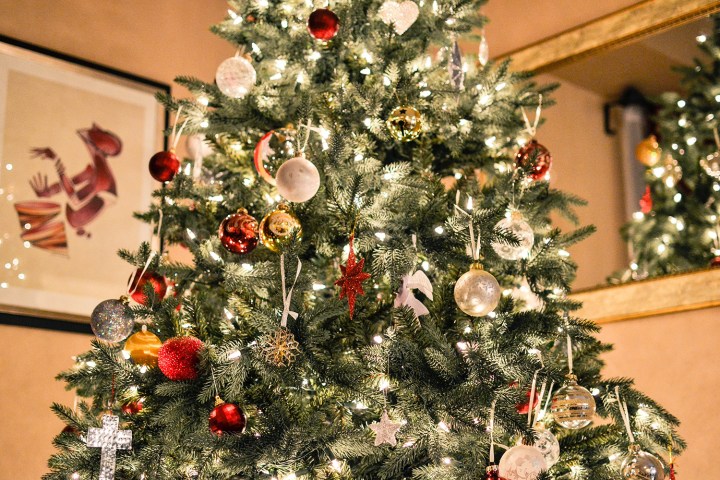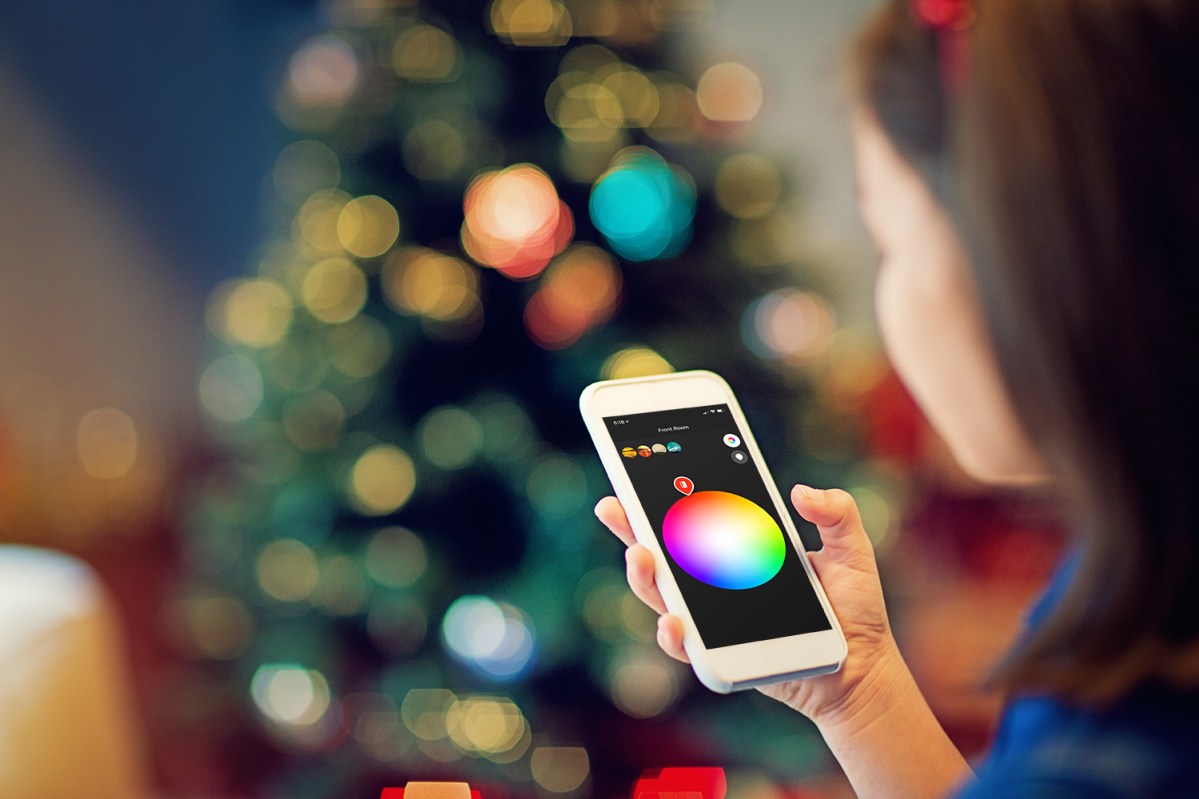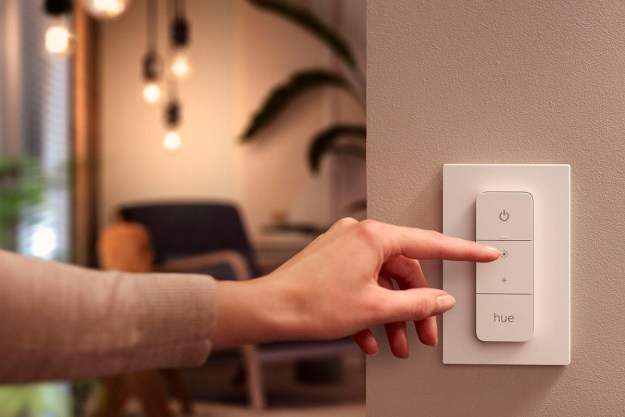
The word ‘smart’ precedes just about everything nowadays, from scales, to shoes, and now microwaves. It seems every other week a new product slaps ‘smart’ in front and we all let out a collective, “Huh?”
I’m not here to talk about those products. What I’m talking about here is obvious. What I’m talking about should already exist. What I’m talking about is smart holiday lights.
Using my voice to completely change the ambience in my home felt truly magical.
My introduction to programmable home lighting, as with most people, was via Philips Hue. It was probably three years ago, and I still remember the first time I turned them on. Using my voice and phone screen to completely change the ambience in my home felt truly magical. That winter I researched whether a string light version was available. No luck. “Hey, it’s so new,” I thought. “They’ll have them next year.” I felt certain. What maniacs wouldn’t capitalize on such an obvious untapped market?
Well, the next year came, and no dice. Now here we are again, in 2018, this time with robots that can mow our lawns and a microwave we can yell at that will literally listen. Yet I still can’t change the color of my Christmas tree lights.
Let’s be clear: this isn’t just about Christmas. An outdoor version of string lights could impress the neighbors for any winter holiday. Completely remove the festive lens, and this could even be beloved in a kid’s room or a college dorm (or, for children-at-heart people like myself, a kitchen entryway) all year long.

To be fair, I have found items that get really close to what I’m looking for. There are lights that can be programmed with a physical remote. There are smart LEDs with those weird fat plastic bulbs. And there’s the Philips Hue Outdoor Lightstrip, but they’re a light rope and not tree lights.
Let’s be clear: this isn’t just about Christmas.
Hell, Philips even sells a product called Illuminate that’s advertised to solve this exact dilemma. The only problem is Philips doesn’t actually make this product. A company called Seasonal Specialties makes it. The result is 25 half-decent bulbs and an outdated app that offers limited functionality (think Sharper Image, but for Christmas lights). According to reviews, they’re less than ideal, and in many cases, are so confusing that buyers simply surrender and return them.
I know it sounds like I’m nitpicking here, and the current options are all steps in the right direction, but if I’m going to be the ambassador for holiday lights that this article will inevitably paint me to be, I may as well lay out my requirements. Here’s what I need:
- Holiday lights that are the traditional shape of classic glass string lights. To be specific, that’s a cylindrical bulb about an inch long with a tip at the end. Glass is not a requirement, but I do prefer it to the matte finish of plastic.
- They should be customizable with an app as well as the commanding of any of our voice assistant friends whose ears might be planted in our homes.
- This one is going to sound elitist, but stay with me. They should be made by Philips Hue. Why? Because they’re the best.
Clearly, Philips Hue has made extraordinary strides in getting consumers comfortable with programmable home lighting. They’re the first brand that comes to mind when it comes to smart lighting, and we all know it. They’re easy to set up and easy to use, albeit a bit expensive. If any company has the budget and know-how to make these the right way and to market them successfully, it’s Philips Hue. So, with all that said, here’s my message to anyone at Philips Hue who might be listening:

Come on, Phil. None of this is news to you. I know you’ve held meetings about it. There’s just no way you haven’t. I refuse to believe this million-dollar idea is mine alone. Have you been to the holiday section of your local major retailer? This time of year, there are hordes of people throwing literally hundreds of thousands of dollars at inflated deer and fake snow. At our core, we’re a simple people, and we’re enamored with shiny things.
What I’m trying to say is: there’s money on the table, and it’s only a matter of time until someone comes and grabs it. Whether it’s engineering issues or a cost-benefit analysis holding you back, you need to figure it out soon because if you don’t, someone else will. And when they do, it probably won’t be as smart as Hue.
Editors' Recommendations
- I checked out Govee’s new AI smart lights and now I want them everywhere
- Philips unveils new Hue Go lamp, Tap switch, and app upgrades
- Why smart lights are the perfect entry point to the smart home
- Outdoor smart lights are best for expressing your patriotism this 4th of July
- Philips Hue smart light app revamped, adds geofencing capabilities


